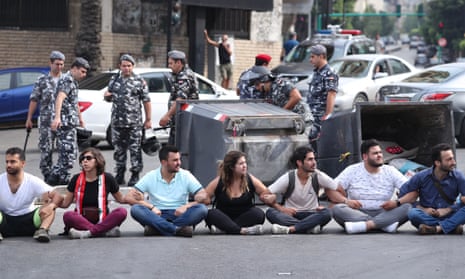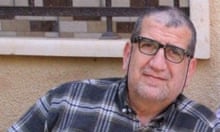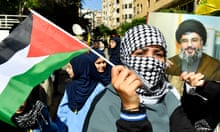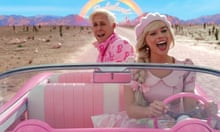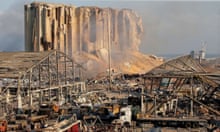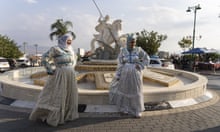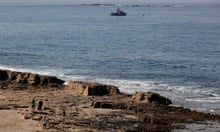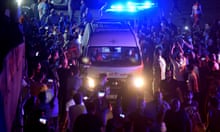Tens of thousands of Lebanese protesters have successfully formed a human chain running from the south to the north of the country to symbolise newfound national unity.
Demonstrators joined hands from Tripoli to Tyre, a 105-mile (170km) chain running through the capital, Beirut, where protests have been focused, as part of an unprecedented mobilisation across sectarian lines.
Tension has mounted in recent days between security forces and protesters, who have blocked roads and brought the country to a standstill to press their demands for an overhaul of the political system.
Lebanon’s reviled political elite has defended a belated package of economic changes and appeared willing to reshuffle the government, but protesters who have stayed on the streets since 17 October want more.
On foot, by bicycle and on motorbikes, demonstrators and volunteers fanned out along the main north-south highway.
“The idea behind this human chain is to show an image of a Lebanon which, from north to south, rejects any sectarian affiliation,” said Julie Tegho Bou Nassif, one of the organisers. “There is no political demand today, we only want to send a message by simply holding hands under the Lebanese flag,” the 31-year-old history professor said.
On the Beirut seafront, men, women and children held hands, some carrying Lebanese flags and many singing the national anthem.
Another organiser in the capital, who asked to be called a daughter of Beirut, said: “The idea is that from the north to the south, we are united and making a stand together.
“We are one people and we love each other,” she added, in between coordinating events by phone.
On the main motorway north-east of Beirut, dozens were seen standing along a stretch of highway under a rocky hillside covered in bushes.
In the southern city of Tyre, protesters standing in a line held the edges of a long Lebanese flag, local television showed.
The protests have been remarkable for their territorial reach and the absence of political or sectarian banners in a country often defined by its divisions.
The leaderless protest movement, driven mostly by those born after the 1975-1990 civil war, has been described by some as the birth of a Lebanese civic identity.
The army has sought to reopen main roads across the country, where schools and banks have been closed for more than a week.
In one of the most serious incidents, the army opened fire on Friday to confront a group of protesters blocking a road in Tripoli, injuring at least six people.
But the protest movement has been relatively incident-free, despite tensions with the armed forces and attempts by party loyalists to stage counterdemonstrations.
Protesters have been demanding the removal of the entire ruling class, which has remained largely unchanged in three decades.
Many of the political heavyweights are former warlords seen as representing little beyond their own sectarian or geographical community.
The protesters see them as corrupt and incompetent and have so far dismissed measures proposed by the political leadership to quell the protests.
Elie, a demonstrator walking in central Beirut on Sunday morning carrying a Lebanese flag, said: “We’ve had the same people in charge for 30 years.”
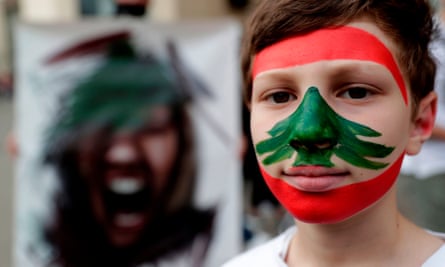
The prime minister, Saad Hariri, announced a package of economic changes that aims to revive an economy that has been on the brink of collapse for months.
His coalition partners have supported the move and warned a political vacuum in times of economic peril risks chaos.
But protesters have accused the political elite of desperately attempting to save their jobs and have stuck to their demands for deep, systemic change.
In a now well-established routine, entire families of volunteers showed up early at the main protest sites on Sunday to clean up after another night of protests and parties.
After dusk, the central Martyrs’ Square in Beirut and other protest hubs in Lebanon turn into a vast open ground where protesters dance, sing and organise political meetings.
